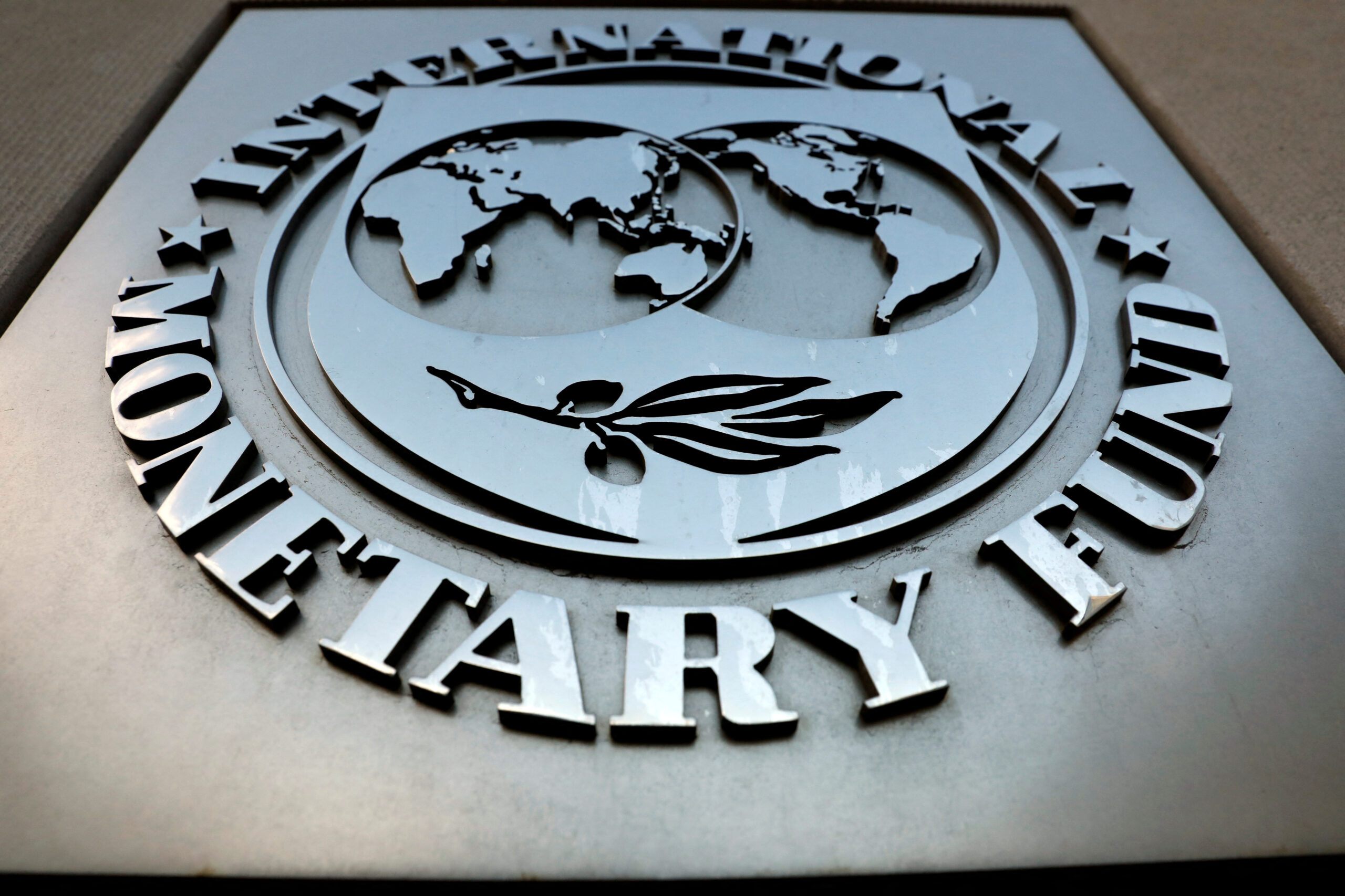Global public debt is rising fast and could reach 100% of global GDP by 2029. Learn why this matters, who will be affected, and how nations can act.

A Warning Sign for the Global Economy
The world is walking on a tightrope. Global public debt is growing at an alarming pace. If nothing changes, it may reach 100% of global GDP by 2029. This means the total debt of governments could equal the entire value of all goods and services produced in the world.
This is not just a number. It’s a sign of deeper economic stress. You can read more about the struggles that shape the world here.
Why Debt Is Rising So Fast
The past few years have tested governments like never before. The pandemic, wars, energy shocks, and natural disasters forced countries to spend more to protect lives and economies. Many borrowed heavily to survive.
Some countries are still spending to deal with slow growth and inequality. Meanwhile, interest rates have gone up, making debt repayment even costlier. As a result, budgets are stretched thin. External observers like America112 have noted how fiscal pressure is reshaping global priorities.
The Risk of Reaching the 100% Mark
If global debt reaches 100% of GDP, the world could face serious challenges. High debt levels can lead to less money for public services. It can also make countries vulnerable to sudden shocks, such as a financial crisis or a sharp rise in interest rates.
Developing countries may suffer the most. They have less capacity to manage debt and often pay higher interest. This can push millions into poverty if funds are diverted away from health, education, and social protection.
Efforts to support vulnerable communities are already under strain. Global initiatives for gender equality, for example, continue to inspire hope despite financial challenges. Read more about these efforts here.
The Role of Global Cooperation
No country can solve this alone. Strong international cooperation is essential. Wealthy nations can share knowledge, offer debt relief, and support fair lending practices. Poorer nations need space to invest in their people while managing debt responsibly.
Transparency and accountability are key. Governments must show citizens how funds are used and why borrowing happens. This builds trust and encourages smarter economic planning.
Can the Trend Be Reversed?
Yes, but it will take bold choices. Countries need to focus on efficient spending, better tax collection, and long-term investments that boost growth. Reducing waste and corruption can free up resources. Economic reforms must be paired with compassion, ensuring no one is left behind.
A Shared Global Responsibility
Debt is not just about numbers. It affects people’s lives — from jobs and schools to hospitals and safety nets. If the world acts wisely today, it can avoid a future crisis. But ignoring the warnings may make recovery much harder.
The path forward requires honesty, solidarity, and smart action. Together, nations can turn this looming challenge into an opportunity for a stronger, fairer future.


One Reply to “Global Debt Surge: A Challenge for All”